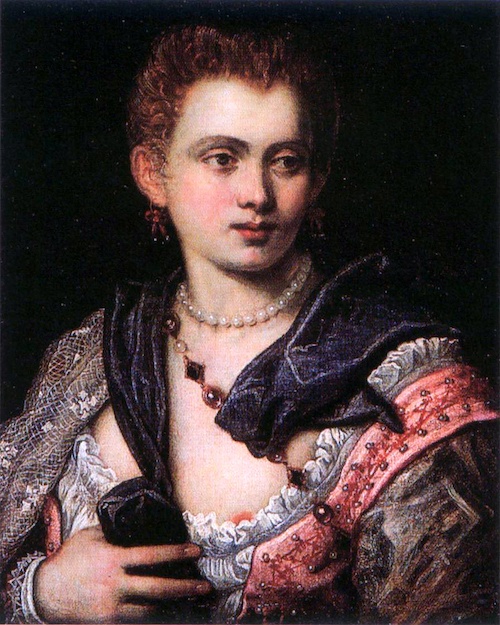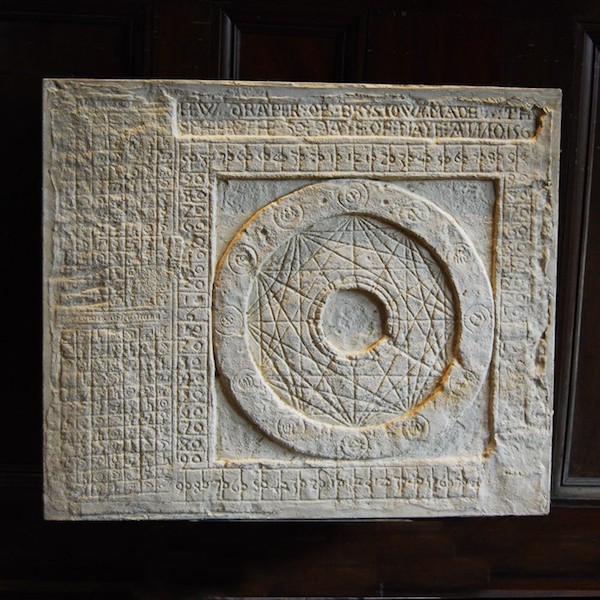
Renaissance witch life seemed remarkably well integrated into society, despite the ever-ominous scrutiny of the Church.
The Catholic Church often accused many types of women of performing magic in order to “bind” the passions of their clients, neighbors, friends, or even family. Binding Passions: Tales of Magic, Marriage, and Power at the End of the Renaissance by Guido Ruggiero offers many examples of “prostitution, concubinage, love magic, renegade clerics, a social hierarchy that largely overlooked the victimization of lower-class women, and a vision of sex as fitting within a passive- active dialectic that easily slid into violence.”
In Binding Passions, the following magic related stories are told:
Venetian Courtesan Andriana Savorgnan marries a Venetian nobleman named Marco Dandolo. This socially unequal marriage, uncharacteristic of the time, drew significant attention of not only Dandolo’s incredulous family, but also the attention of the Roman Inquisition. The Catholic Church would claim that Andriana Savorgnan, as a mere prostitute, had to rely on magic spells to coerce Dandolo into loving her.
Elena Cumano and Gian Battista Faceno: When Faceno leaves for Flanders, unceremoniously leaving Cumano with-child and broken-hearted, Cumano resorts to using the love magic of a martello to summon him to return and to bind them together. When this fails, the church officials, doubting that Elena Cumano learned this magic from the very same man she was trying to perform it upon, instead began to inquire about one of Elena’s neighbors, a middle aged woman named Lucretia. Although eventually cleared of any wrongdoing, Lucretia’s public reputation as an eccentric, as well as her involvement in the romantic lives of others naturally branded her a witch.
A Venetian Courtesan named Paolina di Rossi and Paolina’s love interest, Gian Battista Giustinian. Paolina di Rossi attempts to seduce Giustinian using a variety of methods ranging from bean throwing, to written incantations. Naturally, these actions sparked a Holy Office inquiry, and the records of inquisitorial discussions with di Rossi were left in the Venetian Archives.
A Priest (sic) from Latisana named Apollonia Madizza. Apollonia was questioned by the Holy Office about three specific types of magic: “love magic, magic used to find lost things, and magic used to heal.” The magic being described was considered “minor,” but for those being unbound by Madizza it was life changing- for example she discussed ways to unbind those who were unable to have intercourse with their wives.
(From this little back-street of Wikipedia.)
These ladies sound like FUN. I like that many of them – Andriana Savorgnan for example – managed to escape the inquisition and move on to lead hopefully free happy lives (by the standards of their era) elsewhere. That some did not is a damn good reminder of how important it is we separate church from state.
Then, of course, there was the sublime Veronica Franco – Aries*, courtesan, poetess and alleged witch – she got off the latter accusation but the authorities confiscated all her money and possessions. She wrote this beautiful sad sonnet:
We danced our youth in a dreamed of city,
Venice, paradise, proud and pretty,
We lived for love and lust and beauty,
Pleasure then our only duty.
Floating them twixt heaven and Earth
And drank on plenties blessed mirth
We thought ourselves eternal then,
Our glory sealed by God’s own pen.
But paradise, we found is always frail,
Against man’s fear will always fail.
Veronica Franco
*Veronica Franco had the Sun and Neptune in Aries, as well as Mercury + Venus in Pisces, Mars in Capricorn and Jupiter, Pluto plus possibly the Moon in Aquarius.
And unrelated but I’m feeling it: Astrological ‘graffiti’ on the wall of the Tower of London by Hew Draper, an imprisoned “sorcerer.” I always wonder what happened to him.




Here’s some more men working things out
https://youtu.be/WoudYNeVn5E
My family was expelled from Barcelona port in 1492. The documents and records of all the families who left on that day including ours somehow survived. 500 years later the Spanish government offered all those families citizenship and right of return including myself. Quite a few descendants returned at that time and took a cruise from Barcelona to the destination of our families. In my case
Salonica. The family moved on to Istanbul and lived there till WW1, my grandfather witnessing the aftermath of the battle for Gallipoli as a young boy. They ended up in Australia after WW2. after being expelled from Cairo with never to return stamped on their passports. My family came with a number of extended family all who had been around each other for literally hundreds of years. I grew up with 3 generations of women from these families. They were all witchy women who basically ran the show. They are all gone now but their legacy lives on.
You’ve shared over time stories of your family, and i remember a chant / intonation to help me in a bad spirit patch.
You really live in the now with a strong sense of the past as fortitude. For those of us with pieces of stories only, that is enviable and lovely to share.
Those women saw magic and spirit in every object around them. If an object didn’t have magic they would make it magic. Nothing is as it seems.
This is a book…right? A family memoir with elements of magical realism woven through like Allende?
They burnt many single women with their cats and that’s why the plague started. I told my Dad, if I was alive then they would have burnt Mikey Mike , my puzsy
and I
Crazy.
WHO is the gorgeous painting by?
Just added image credit – sorry!
No worries – thank you! So the artist of this stunning picture was a dreamy young Piscean painter who, turning to a louche lifestyle after his artistic star sank, subsequently killed himself by drowning. Could he be much more archetypal?!
I enjoyed the movie Dangerous Beauty, about the courtesan Veronica Franco, who was also persecuted by the Inquisition:
https://en.wikipedia.org/wiki/Veronica_Franco
Oooh thank you for recommendation
Thank you for film recommendation!
I love this MM. Thank you.
Ok anybody know of a good binding??
Fascinating stuff as always MM. Thank you
prisoner just happened to have hammer and chisel and didn’t think to break out but make art! Nice
Fuq I love this post!
What intrigued me was that a man wrote it, is interested in the immoral nature of a civilisation’s rise by wielding an oppressive authority over women.
His name suggests an Italian man, but in fact he is American. Wouldn’t i love to see a man from within a patriarchal super-culture like Italy be a respected published author of an academically detailed and valid study of how women’s oppression led to his own country’s glory.
Still, he has been well reviewd and is highly respected in academic circles, it seems.